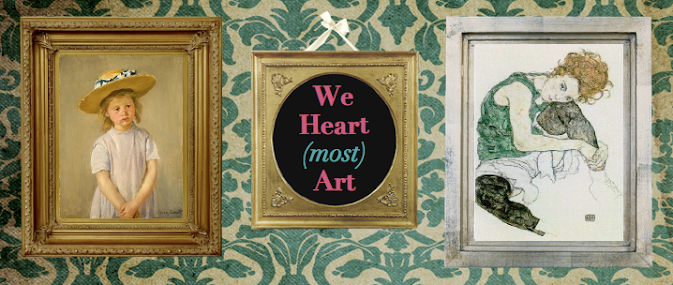Last summer, my husband and I went to Hong Kong and China for a business trip/vacation. It was really pretty awesome. The political climate is bad but the people are very, very gracious and climbing the Great Wall was a once in a lifetime experience we will never forget.

We kicked off our Asian Adventure with a 5 hour plane ride from NC, followed by a 14 hour flight from CA to Hong Kong. (Have I ever mentioned that I hate planes so much I have to be medicated to get on one? Well, I do!) After a quick business meeting in Hong Kong (totally worth the flight), we settled into southern mainland China where we did the bulk of our work. We were blown away by the massive size and exotic history of Shanghai, which is full of fabulous art deco architecture. More on that later.
From there we ventured north on a flight that included 1) a military style take off and landing a la Top Gun 2) the plane being boarded by MPs scanning people for H1N1 with big laser pointers and 3) confused yelling by Chinese passengers being hauled off the plane to a mysterious quarantine location. One Xanax later, we exited the plane in Beijing where we did most of our sightseeing.
Now, that leads me to the art part of today's post.

Shanghai's not exactly old "Old Town"
In China, building and art preservation efforts have only geared up recently and much of what the Chinese call "historic" isn't really historic at all. In reality, many of the nation's tourist sites are reproductions, standing within the vicinity of where the original once stood. I'm sure there are many reasons, both political and cultural, why this is a common practice in China.
However, there are several original (but clearly heavily restored) sacred spaces in China open to tourists. And in the northern part of the country, these sites all feature spectacular hand carved ceilings, doorways, eaves and columns.

Temple of Heaven
Beijing, China
The Temple of Heaven is an excellent example of Chinese "caisson" and "dougong" architecture. The top center of the temple ceiling features a carved relief set into a layered dome (caisson) and the carved, interlocking wooden beams form the dougong style support system. The result is almost dizzying.

Temple of Heaven, Interior
(I had to reach over an energetic crowd of Chinese tourists at the entrance to take
this picture. The building was not open to the public, which is too bad.)
Caisson ceilings and dougong beams featuring intricately carved reliefs also thoroughly coat the 800 buildings of the massive Imperial Palace Complex in Beijing. The relief carving is shallow and the grooves are filled with gold leaf, making the ever repeated dragon theme pop against vibrant background colors.

Imperial Palace (aka The Forbidden City), Detail
While dragons and other mythical creatures dominate the relief work, fanciful paintings of fruit and plants are also included in ceiling art.

Peaches (or possibly Lichee Nuts, a Chinese delicacy) in the Imperial Palace
The Chinese Emperor had strict rules when it came to pretty much everything and many activities, articles of clothing and colors were reserved only for his personal use. The yellow-gold color seen here on the roof tiles of the Imperial Palace is called "Imperial Yellow." It could only be used or worn by the Emperor.

Imperial Yellow
This next ceiling has to be my favorite. I remember wanting to reach up and run my hands over relief work. It reminds me a lot of the US Capital Building's dome.

Imperial Palace
Here is a similar but less ornate ceiling in the Ming Tombs, located in the countryside outside of Beijing. The plain beams and columns make the ceiling appear more primitive but its craftsmanship is equally fine.

So tell me, what do you think of these two Chinese architecture styles?
+Art,+Straight.png)



I personally like the Imperial Palace--the other one is just boring.
ReplyDeletePS. Today was our 100th post!
ReplyDelete